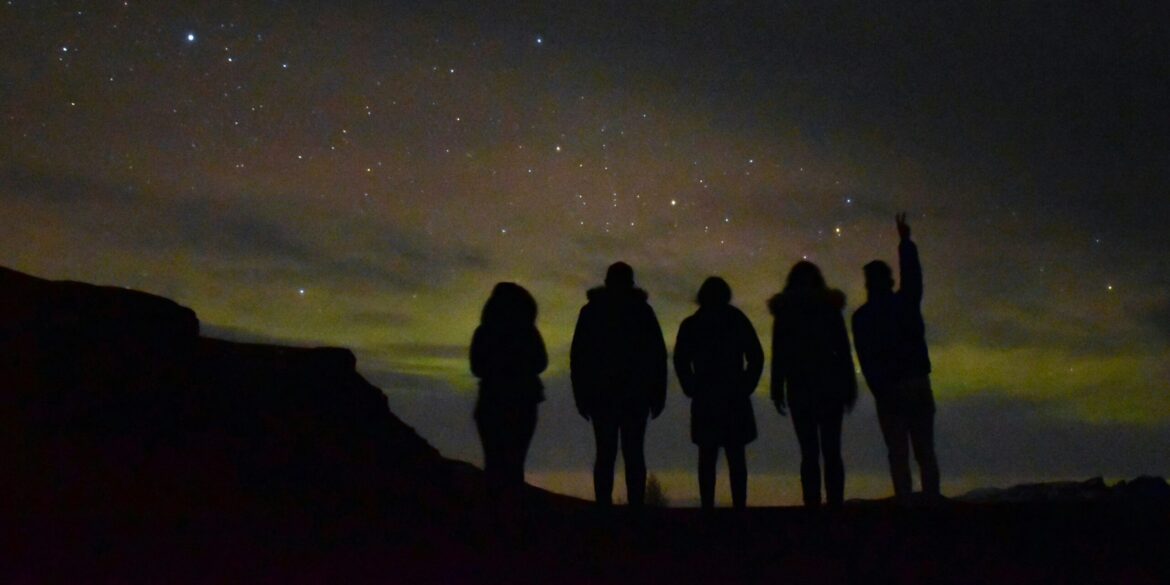A team of astronomers has unveiled a groundbreaking three-dimensional map of stellar nurseries located within approximately 4,000 light-years of the Sun, using data collected by the Gaia space observatory. Published in November 2025, this detailed map is the result of years of work combining measurements of interstellar dust with the positions of young, hot stars. This collaboration between dust measurements and star positions has provided an unprecedented look at the structure, movements, and age of the local regions where stars are born.
The map is more than just a scientific achievement; it represents a significant leap in our understanding of stellar evolution, not only within our solar neighborhood but also in broader galactic terms. The detailed mapping technique offers astronomers the ability to observe the motions, distances, and ages of hundreds of molecular cloud complexes. These regions are essential to our understanding of star formation, as they represent the raw material for new stars and planetary systems.
By visualizing these star-forming regions, the new map provides a clearer understanding of the Sun’s place in the galaxy and how its local environment has evolved. Over time, these nearby stellar nurseries may have played a crucial role in shaping the solar system. The new insights are expected to help astronomers refine models of stellar birth and the complex dynamics of galactic evolution.
One of the most exciting aspects of this map is its potential to deepen our understanding of the mechanisms that drive the formation and dispersion of star clusters. Star clusters, groups of stars formed from the same molecular cloud, can have a profound impact on their surroundings. Over time, they disperse, influencing the interstellar medium—the gas and dust that fills the space between stars. The new map provides valuable data that will help scientists understand how these clusters break apart and how they might affect other nearby regions.
Another critical component of the map is its ability to shed light on the impacts of supernovae on the interstellar medium. Supernovae, the explosive deaths of massive stars, can alter the structure of the gas and dust in their vicinity, enriching the interstellar medium with heavier elements and sending shockwaves through nearby molecular clouds. By observing star-forming regions in detail, astronomers can gain a better understanding of how these supernovae might influence the evolution of the galaxy and, possibly, the environment of our own solar system.
Furthermore, the map provides new perspectives on the alignment and distribution of dust-rich filaments that exist within the local galactic neighborhood. These filaments of gas and dust can play a key role in the process of star formation, as the material within them can eventually collapse under gravity to form new stars. Understanding how these filaments are structured and how they interact with other galactic elements is crucial for refining current models of star formation.
The implications of this map extend beyond the immediate field of stellar astrophysics. With the data now publicly available, astronomers worldwide are eager to use it for further research. One area that is expected to receive significant attention is the potential impact of these nearby star-forming regions on cosmic ray flux and the solar environment. Cosmic rays, high-energy particles that travel through space, can have important effects on the Earth’s atmosphere and even on the climate. By studying the movements and characteristics of nearby star-forming regions, scientists may be able to determine whether they have any significant impact on the cosmic rays that reach Earth.
This new map is not only a remarkable achievement for astrophysics, but it also represents a major step forward in our ability to observe the dynamic processes of star formation and galactic evolution. By mapping the local star-forming regions in such detail, astronomers are now equipped with a powerful tool for understanding the past, present, and future of our galactic neighborhood. It provides a fresh lens through which we can study how stars and planets come into being and how the Sun’s environment has influenced the evolution of the solar system over millions of years.
In summary, the Gaia space observatory’s 3D map offers an unprecedented look into the star-forming nurseries around our Sun. The detailed data opens doors to new insights into star formation, the dynamics of molecular clouds, and the interactions between nearby stars and their environments. As more research is conducted, the map will likely play a crucial role in reshaping our understanding of stellar birth, galactic evolution, and the broader forces at play in the universe.

